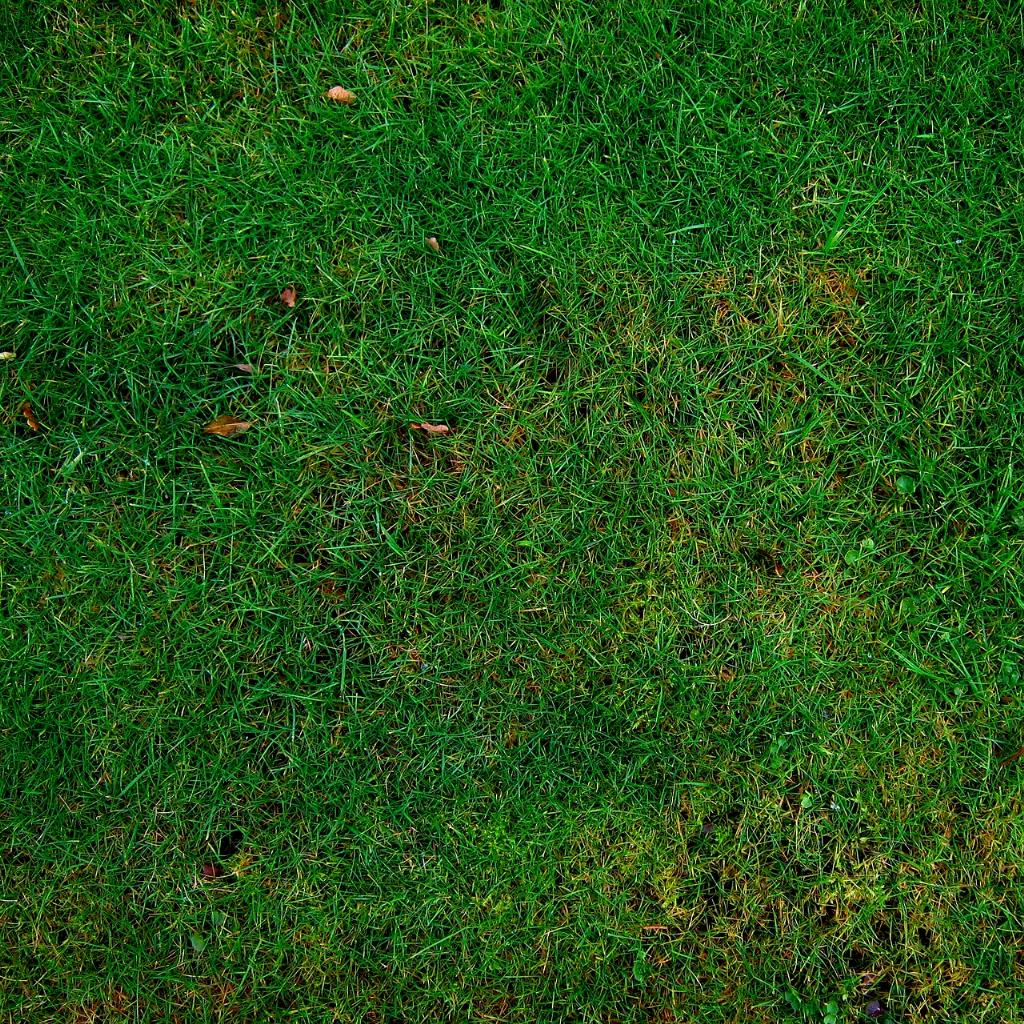Scarifying a lawn is a crucial aspect of lawn maintenance that involves the removal of dead thatch from the grass. Thatch is the brown, organic material that accumulates underneath the green grass blades. While a small amount of thatch is beneficial for the lawn, an excessive buildup can create various issues.
The Importance of Scarifying
When thatch accumulates in large quantities, it can hinder the growth of new grass by creating a barrier that prevents water, nutrients, and air from reaching the roots. In addition, excessive thatch can also promote the formation of moss in the lawn, which can further impede the growth and health of the grass.
The Process of Scarifying
Scarifying involves using a specialized tool, such as a scarifier or a lawn rake, to mechanically remove the thatch from the lawn. By raking the surface of the lawn, the dead organic material is lifted and removed, allowing the grass to breathe and enabling better absorption of essential nutrients.
When to Scarify
The ideal time for scarifying a lawn is during the grass’s active growing season, typically in the spring or fall. Performing this task when the grass is actively growing allows it to recover quickly from the stress of scarification and encourages healthy regrowth.
Signs Your Lawn Needs Scarifying
It is essential to keep an eye out for signs that your lawn may require scarification. These signs include the presence of thick thatch layers, moss infestation, slow grass growth, water runoff instead of absorption, and a spongy feel when walking on the lawn.
Benefits of Scarifying
By regularly scarifying your lawn, you can promote healthier grass growth, improve overall lawn health, increase nutrient absorption, reduce moss formation, and enhance the aesthetics of your outdoor space. It is a vital maintenance task for ensuring a lush and vibrant lawn.
Scarifying Techniques
There are various scarifying techniques, including using a scarification machine, a lawn rake, or a dethatcher. Each method has its advantages and is suitable for specific lawn conditions. Choosing the right technique is essential for achieving optimal results.
Post-Scarifying Care
After scarifying your lawn, it is crucial to provide proper post-scarifying care, such as watering the grass, applying fertilizer, overseeding thin areas, and ensuring the lawn receives adequate sunlight. These post-treatment steps help the grass recover and thrive.
Common Mistakes to Avoid
When scarifying your lawn, it is essential to avoid common mistakes, such as scarifying too deeply, performing the task at the wrong time of year, using the wrong equipment, or overlooking post-scarifying care. These mistakes can hamper the effectiveness of the scarification process.
Consulting Professionals
If you are unsure about how to scarify your lawn properly or encounter challenges during the process, it is advisable to consult with lawn care professionals. They can offer guidance, recommend the best techniques, and help you achieve a healthy and vibrant lawn.
Conclusion
In conclusion, scarifying a lawn is a beneficial practice that plays a significant role in maintaining a lush and healthy grass surface. By understanding the importance of scarification, implementing the correct techniques, and providing appropriate post-care, you can ensure your lawn remains vibrant and thriving throughout the seasons.

